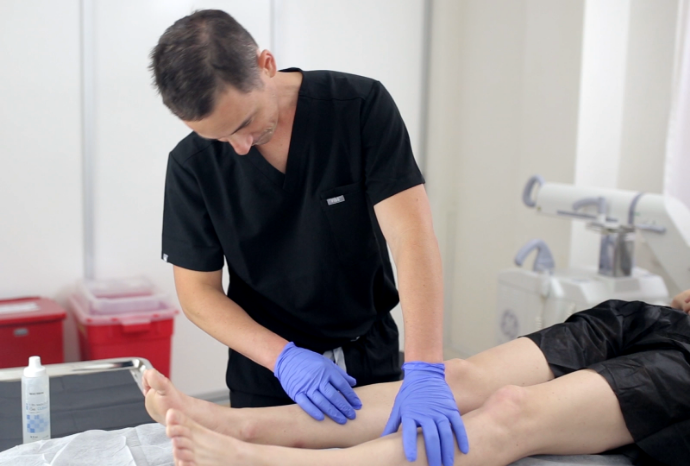Finding the best specialist for spider vein treatment can be a difficult process. Age-related weight gain, hormonal fluctuations, or prolonged standing can all contribute to the common ailment known as varicose veins in women. Leg vein weakening and increased pressure are the results of time.
This article discusses what is a vein specialist called. It is important to understand what type of specialist treats you when you suffer from varicose veins and consult your problem with a specialist doctor.
What are varicose veins?
Varicose veins are enlarged, twisted veins. Although they can occur anywhere on the body, varicose veins are most prevalent in the legs.
Varicose veins are not considered a serious medical condition. However, they can be uncomfortable, which can lead to more serious problems.

Additionally, people may feel awkward or ashamed of them because they might be highly conspicuous
Vein Specialist
A varicose vein specialist calleda Vascular Surgeon, vein specialist, or phlebologist.
A vein specialist is a physician specializing in diagnosing and treating vascular problems, such as varicose veins, leg ulcers, chronic venous insufficiency, spider veins, and deep vein thrombosis. Since the medical specialty that deals with vascular health is termed "phlebology," the official title for a vein doctor is "phlebologist."
What Kind of Specialist Treats Varicose Veins and who treat varicose veins include:
Vascular surgeons
Vascular surgeons handle disorders of the blood vessels, such as venous varicose veins.
They can perform all surgical and minimally invasive procedures designed to remove varicose veins. They can also provide a consultation to determine if there are any non-surgical options you might want to try first.
Phlebologists
The diagnosis, treatment, prevention, and rehabilitation of venous disorders are the areas of expertise for phlebologists.. Any surgeon, dermatologist, or general practitioner can become a phlebologist with proper training.
For example, a phlebologist may be a general practitioner board-certified in phlebology.
Vascular or interventional radiologists
Physicians having an extra six to seven years of specialized training in minimally invasive techniques are known as interventional radiologists. To diagnose diseases, they might employ X-rays, ultrasounds, or MRIs.
They can perform endovenous laser treatment or radiofrequency ablation to treat varicose veins.

Dermatologists or dermatologic surgeons
Dermatologists may treat some varicose veins, even though they usually treat skin diseases.
For instance, they are qualified to employ treatments like sclerotherapy or laser treatment.
Cost
How Much Does Varicose Vein Treatment Cost?Here is the answer, There are affordable self-care treatment options, such as exercise, leg elevation, and compression socks. Multiple treatments for varicose veins may be recommended by your provider.
The cost of treatment depends on where the clinic or hospital is located, with urban areas costing more than rural areas. Even in the same city, different hospitals may have different charges.While some hospitals may list a lesser price, they may tack on a last-minute extra for disposables.
Conclusion
If you are looking for a reliable vein specialist near your location, It is important to understand what kind of doctor is a vein specialist training in minimally invasive procedures. There are all of those requirements. If you have spider veins, varicose veins, or any of the signs and symptoms of vein disease, please schedule an appointment with your vein doctors today.